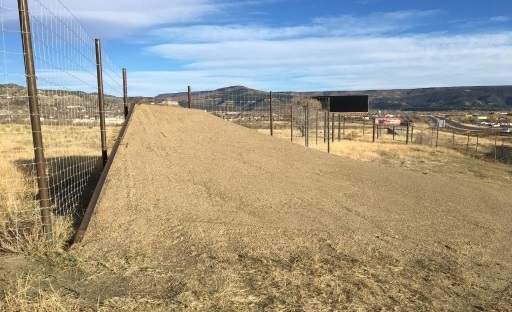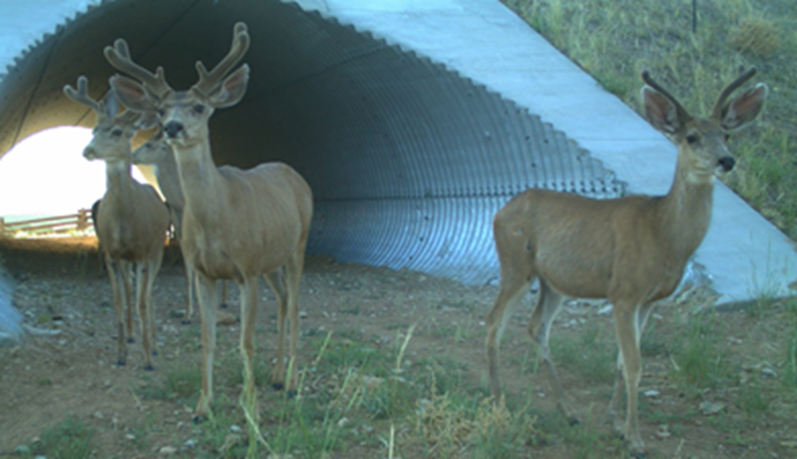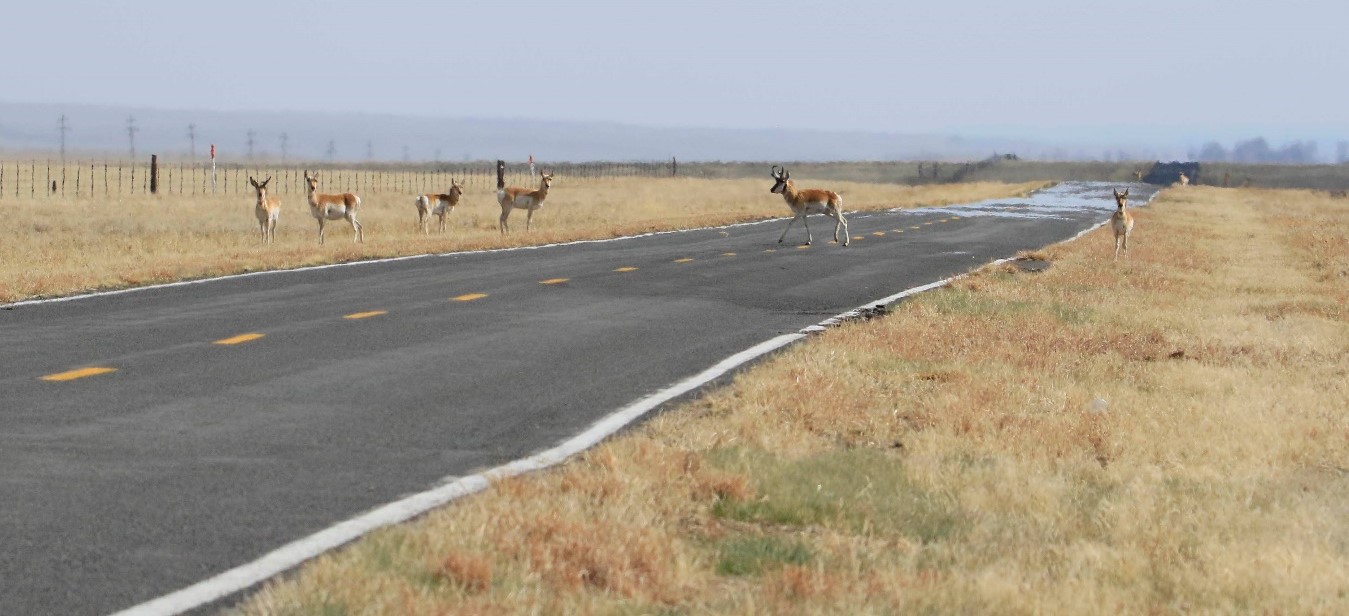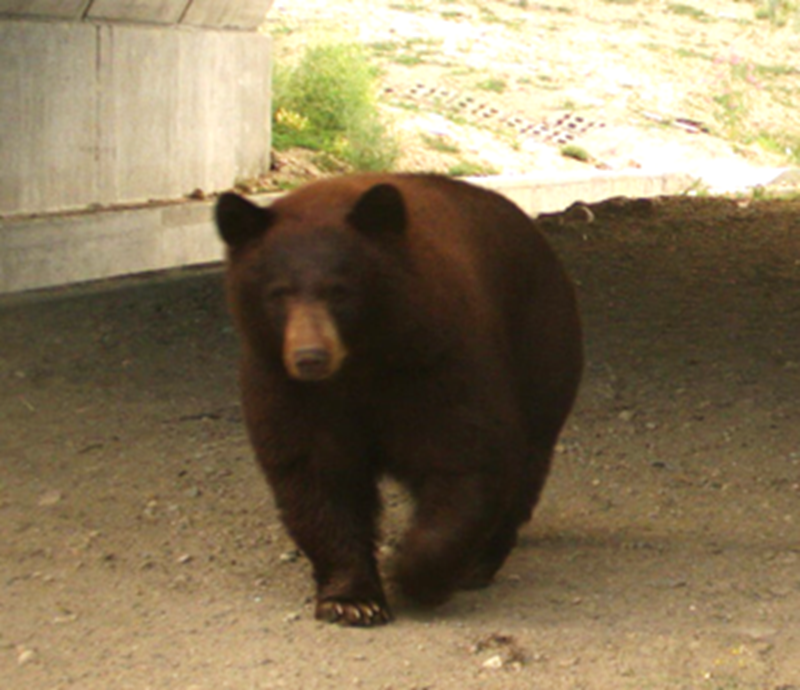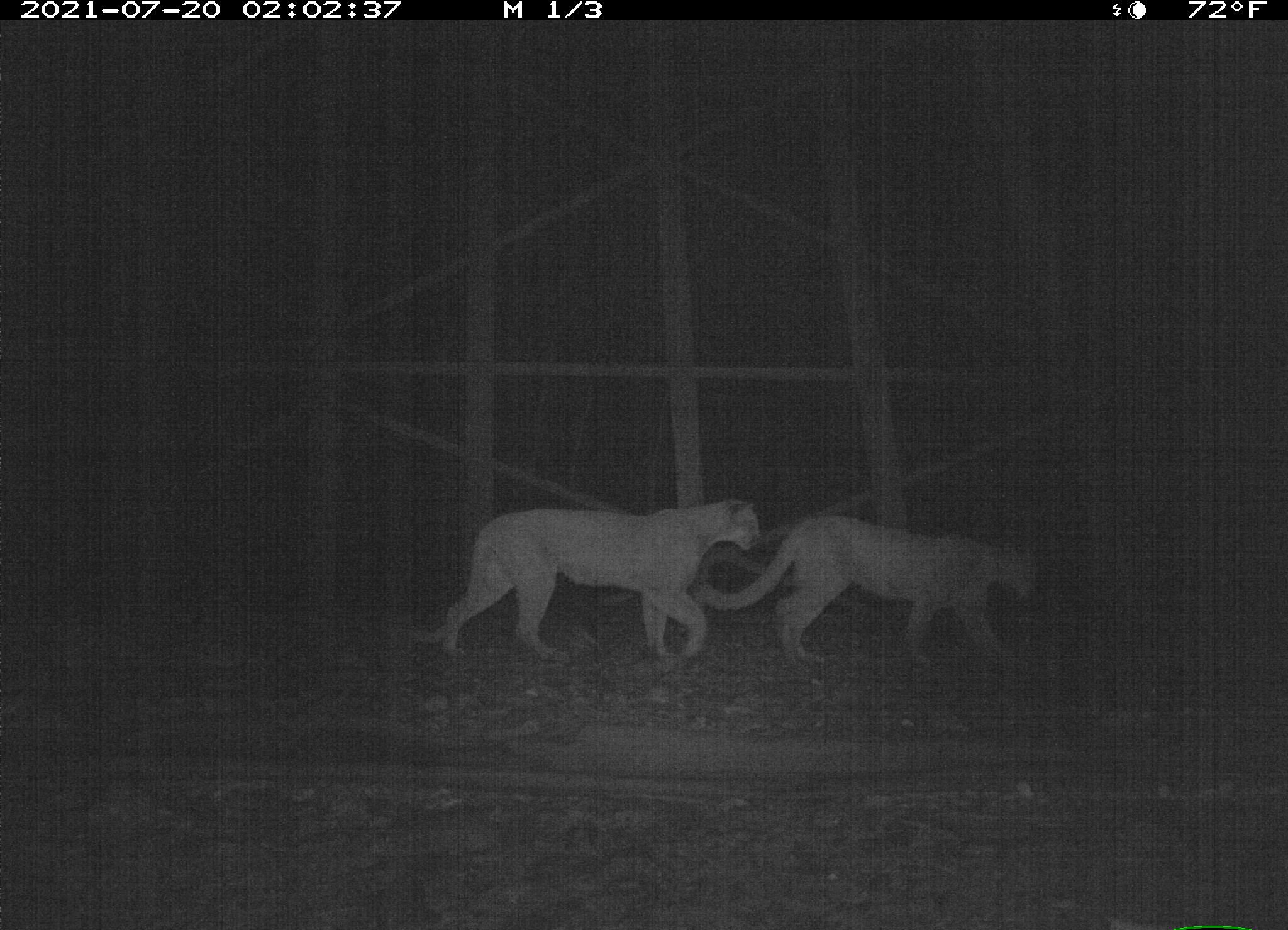Program Overview

WILDLIFE CORRIDORS, as defined in the Wildlife Corridors Act, are “areas used routinely by wildlife to travel through their habitat, and include corridors used by migrating wildlife.”
Wildlife Corridors Action Plan
The New Mexico Department of Transportation (NMDOT) in partnership with the New Mexico Department of Game and Fish (NMDGF) have developed the New Mexico Wildlife Corridors Action Plan (Plan) in accordance with New Mexico Senate Bill 228, the Wildlife Corridors Act (Act). The Act, signed into law by New Mexico Governor Michelle Lujan Grisham in 2019, directs the NMDOT and the NMDGF to develop the Plan for NMDOT roads statewide. The Plan identifies wildlife-vehicle collision hotspots that pose a particularly high risk to the traveling public. Using ecological data and modeling, it also identifies wildlife corridors that bisect roads, and provides a list of priority projects based on the results of the Plan’s analysis. The Plan focuses primarily on the movements of six large mammals: elk, deer, black bear, bighorn sheep, pronghorn, and mountain lion. However, other sensitive species and confounding factors were also taken into consideration when developing the priority project list.
A team of national experts led by Daniel B. Stephens and Associates (DBS&A), under contract with NMDOT, developed the Plan in partnership with NMDGF. Using NMDOT crash data and ecological information on wildlife movements, the team applied a science-driven approach to identify areas per the Act that “pose a risk to successful wildlife migration or that pose a risk to the traveling public.” The Plan builds on past and ongoing efforts and is intended to raise support for and consensus in the identification of priority wildlife corridors and priority projects across New Mexico.
We are happy to share the Final Wildlife Corridors Action Plan. Per the Act, an annual report must be submitted to the Governor’s Office and Legislature describing the progress made in Plan implementation. Additionally, the Plan must be revised within 10 years of finalization but may be updated more frequently if necessary.
Program Resources
Watch the video above. Chad Loberger, from Arizona Game and Fish, explains the role animal crossings play in the safety of wildlife and the traveling public. This crossing, near Raton, New Mexico, is being used to study the behavior of large game at crossings while reducing the risk of vehicles colliding with animals in the area.
Watch the video above. This video shows elk using an escape ramp on I-25 at Raton Pass. Due to an accidental break in the wildlife exclusion fencing, these elk became entrapped within the road right-of-way. The escape ramp allowed the elk to exit safely.
Learn about the US 550 Wildlife Crossing Project!
A segment of US 550 north of Cuba was identified as the highest priority wildlife-vehicle collision (WVC) hotspot in the NMWCAP. A project is in design development and will entail the construction of NM’s first wildlife overpass.

Public Involvement
In February and March 2020, five of the eight planned in-person public meetings were held before the state-wide cessation of all government meetings due to COVID-19. Five meetings were hosted in Raton, Albuquerque, Santa Fe, Farmington, and Las Cruces, and there were a total of 84 participants who attended. Public comments and questions were recorded during the meetings and were also received through e-mails and via the NMDOT and NMDGF websites.
In January 2022, a draft version of the Plan was released and two live virtual public meetings were hosted the following month. After a 60-day comment period, NMDOT, NMDGF, and the supporting consultant team from DBS&A reviewed all of the comments received and made edits to the draft Plan accordingly. The New Mexico Wildlife Corridors Action Plan was finalized in June 2022 (see Program Resources available above).

Program Contact
James Hirsch, NMDOT Wildlife Coordinator
P.O. Box 1149
1120 Cerrillos Rd, Rm 205
Santa Fe, NM 87504-1149
Phone: 505-469-5535
Email: james.hirsch@dot.nm.gov

